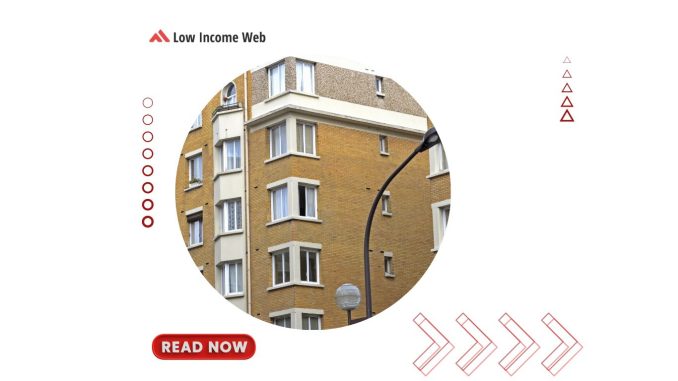
Low income apartments, also known as affordable housing, play a crucial role in providing shelter for individuals and families who face financial constraints. These apartments are designed to offer safe and decent housing options at reduced rental rates, making them accessible to low-income earners. In this guide, we’ll explore what low income apartments are, who qualifies for them, how to find them, and their importance in the community.
READ MORE: Analyzing Low Income by State: Trends, Challenges, and Solutions
What Are Low Income Apartments?
Low income apartments are residential units specifically designated for individuals or families with limited income levels. These apartments are part of a government-subsidized housing program aimed at addressing the housing needs of low-income earners. Rent for these apartments is typically set below the market rate, making them more affordable for those who qualify.
Qualifications for Low Income Apartments
Qualification criteria for low income apartments vary depending on the specific program and location. However, in general, eligibility is based on the applicant’s income level compared to the area’s median income (AMI). Typically, households earning less than 80% of the AMI are considered eligible for low-income housing. Some programs may have specific requirements, such as household size or citizenship status.
How to Find Low Income Apartments
Finding low income apartments can be done through several avenues:
- Government Housing Programs: Many low-income apartments are part of government housing programs such as Section 8. These programs provide rental assistance to eligible individuals and families, allowing them to afford apartments in the private market.
- Non-Profit Organizations: Non-profit organizations often manage and operate low-income housing complexes. These organizations may have waiting lists, so it’s important to apply early.
- Online Resources: Several websites and online platforms specialize in listing affordable housing options. These resources allow users to search for apartments based on location, rent amount, and eligibility criteria.
- Local Housing Authorities: Contacting your local housing authority is another way to find information about low-income housing options in your area. They can provide details about available programs and application procedures.
Importance of Low Income Apartments
Low income apartments play a vital role in promoting social and economic equity. They provide stable housing for low-income families, which is essential for overall well-being. Affordable housing also helps reduce homelessness and allows individuals to allocate more of their income towards other necessities such as food, healthcare, and education.
In conclusion, low-income apartments are a critical component of the housing landscape, offering a lifeline to individuals and families struggling to make ends meet. By providing safe and affordable housing options, these apartments contribute to the overall welfare of communities and help create a more inclusive society.
Tips for Finding Low Income Apartments
1. Start Early
Due to high demand, low-income apartments often have waiting lists. Begin your search as soon as possible to increase your chances of finding a suitable unit.
2. Research Government Programs
Explore government housing programs such as Section 8, which provide rental assistance to eligible individuals. Each program has its own set of criteria, so make sure to familiarize yourself with them.
3. Contact Local Non-Profits
Non-profit organizations often manage affordable housing complexes. Reach out to these organizations to inquire about available units and application procedures.
4. Use Online Resources
Utilize websites and online platforms that specialize in listing affordable housing options. These resources allow you to filter your search based on location, rent amount, and eligibility criteria.
5. Visit Local Housing Authorities
Your local housing authority can provide valuable information about low-income housing options in your area. They can also assist you with the application process for government housing programs.
6. Network
Inform friends, family, and community members about your search for affordable housing. They may be aware of available units or programs that could help you in your search.
7. Be Prepared
When applying for low-income apartments, be prepared to provide documentation such as proof of income, identification, and references. Having these papers prepared can speed up the application procedure.
8. Consider Roommates
Sharing an apartment with roommates can help reduce costs and make it easier to afford housing in expensive areas.
9. Stay Persistent
Finding affordable housing can be challenging, but don’t give up. Continue to search regularly and explore all available options.
10. Seek Assistance
If you’re struggling to find affordable housing, consider seeking assistance from local housing advocacy groups or legal aid organizations. They can provide guidance and support throughout the process.
By following these tips and being proactive in your search, you can increase your chances of finding suitable low income apartments that meet your needs and budget.
READ MORE: The Struggle of the low income middle class: Navigating Financial Challenges in Today’s Economy


Leave a Reply